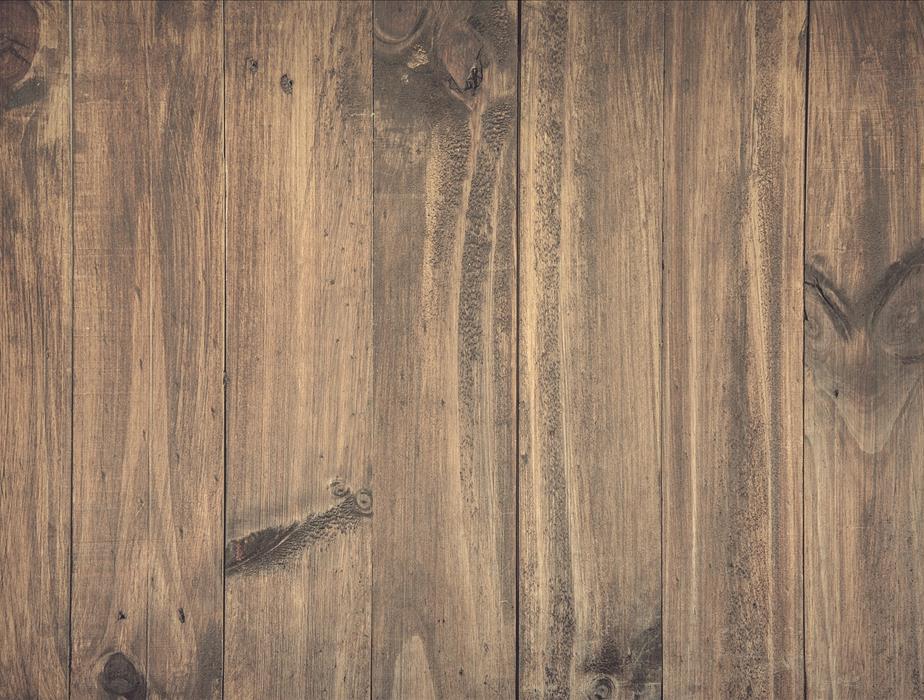Water Damage Recovery Tips For Your Hardwood Floors
10/22/2019 (Permalink)
 If water damage affects your hardwood floor, don't hesitate to call SERVPRO of South and North West Grand Rapids!
If water damage affects your hardwood floor, don't hesitate to call SERVPRO of South and North West Grand Rapids!
Floods are devastating to many areas of your home or business, and your wood floors will be seriously at risk. When water sits on top of hardwood, the wood absorbs the water through its pores and will cause warping and discoloration, potentially causing permanent damage. If you have experienced water damage to your premises, we would like to share some water damage recovery tips with you that can help:
- Remove Water Fast. Remove all water as quickly as you can. The longer the water remains, the worse the damage will be. The first 24 hours are critical, but if you are able to remove the water and dry your hardwood floors completely, you may be able to save them. You will also be alleviating the possibility of a mold invasion, too.
- Sand/Refinish. You will most likely need to sand and refinish the wood. This repair can bring your floors back to pre-flood conditions, or at least as close as possible. The sanding and refinishing step will save you both the time and the money that would be involved in having your flooring removed and new flooring installed.
- Bring In Professionals. If you have experienced really serious water damage, perhaps from a tornado, hurricane, or severe flooding, your best choice is contacting a professional water damage restoration service. Choose experts in this area that have the personnel and equipment necessary to get your water damage taken care of as fast as possible. Make sure you call them immediately, since these companies will probably have a waitlist if your entire area has been affected by a weather-related disaster.
- Preventive Measures.
- Find the source of water and plug it up.
- Remove all wet items from the flooring. If you have carpeting on top of your hardwood floor, remove both the carpet and the padding immediately. This is an area where mold can quickly become a real issue. Remember that your restoration professionals can help you with carpet-cleaning after a water damage event, too.
- Use a household vacuum or a shop-vac to extract as much water as you can, and be sure to contact your professionals if the amount of water is really large.
- Disinfect. Prevent mold and preserve your hardwood floors by using a non-sudsy disinfectant, and then vacuum again to remove standing water.
- Drying. Use a dehumidifier or run your heater or air conditioner constantly to keep the air dry inside the affected room(s).
These are just a few steps that you can take yourself when your hardwood floors are affected by water. SERVPRO of Grand Rapids is always here to help you with repairs and renovations to your property when you are affected by water damage, no matter the size. We also handle fire damage, and we are mold remediation experts, too.




 24/7 Emergency Service
24/7 Emergency Service